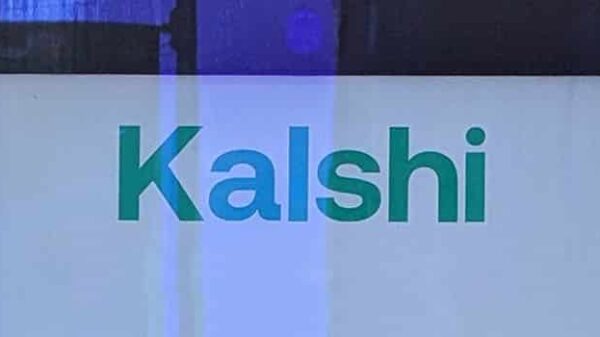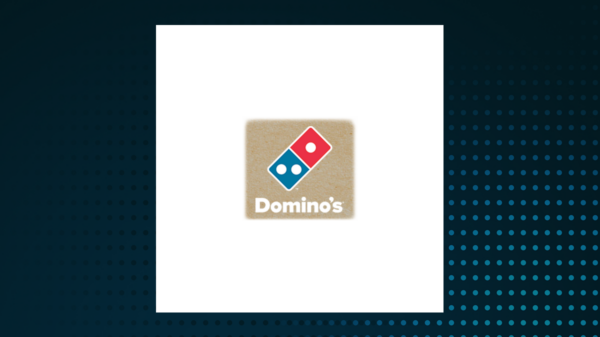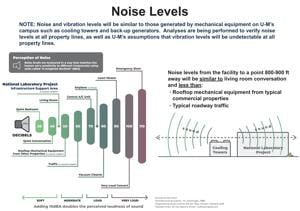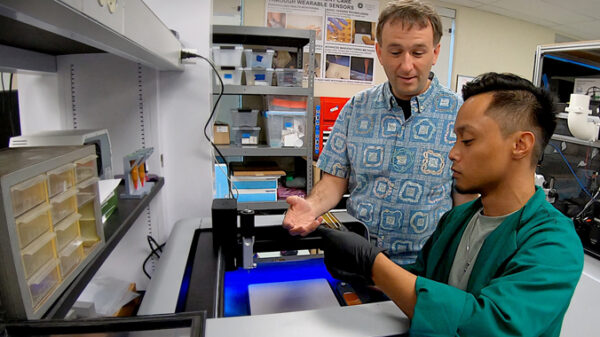The Darwin Information Typing Architecture (DITA) framework is transforming how organizations approach content creation by emphasizing the importance of diverse viewpoints. Originally designed for technical documentation, DITA has evolved into a comprehensive method that fosters collaboration and innovation across various industries.
Understanding the DITA Framework
DITA is an open standard for structured content management that enables organizations to create reusable content through a modular architecture. This design allows authors to write, reuse, and publish topics in multiple contexts, enhancing efficiency and flexibility. By separating content from presentation, DITA streamlines the documentation process while promoting the involvement of stakeholders from various disciplines. Each contributor brings unique insights, enriching the content and ensuring it meets diverse audience needs.
The significance of diverse viewpoints in DITA cannot be overstated. By facilitating collaboration among authors, subject matter experts, marketers, and developers, organizations can produce comprehensive documents that are tailored to their audience. This integration of perspectives results in content that is not only informative but also relevant and engaging.
Benefits of Diverse Perspectives in Content Creation
One of the key advantages of utilizing DITA is its ability to enhance user experience. When developing user manuals or FAQs, considering the perspectives of various user demographics is crucial. DITA supports the aggregation of these viewpoints, ensuring that content addresses the challenges and preferences of different user groups. This approach ultimately leads to a more effective and accessible experience for a broader audience.
Moreover, the integration of diverse insights often fosters innovation. By incorporating feedback from multiple stakeholders, content creators can explore unconventional approaches and identify new topics that may have been overlooked. DITA’s flexibility allows organizations to experiment and iterate, cultivating a culture of creativity.
In today’s global market, understanding regional cultures and languages is vital. DITA not only facilitates efficient translation and localization of content but also encourages the involvement of local experts. Their insights can significantly enhance the relevance of content, ensuring it resonates with specific audiences.
Continuous improvement is another critical aspect of the DITA framework. By supporting ongoing updates and refinements, DITA enables organizations to adapt to new insights and changing circumstances. This adaptability is essential for reflecting the evolving landscape of knowledge and perspectives.
Navigating the DITA Implementation Journey
Implementing DITA within an organization presents both opportunities and challenges. Common hurdles include resistance to change, the need for training, and the integration of existing content into the DITA framework. However, a focus on diverse viewpoints can enhance the likelihood of successful implementation.
Engaging stakeholders early in the process is crucial. By including voices from all relevant departments, organizations can identify pain points and align the DITA framework with everyone’s needs, thereby increasing buy-in for the initiative.
Training sessions that incorporate various perspectives can further improve understanding and acceptance of DITA principles. Tailored workshops can demonstrate the benefits of DITA in different contexts, making it relatable for each stakeholder group.
An iterative approach to implementation is essential. Gathering feedback on the framework and making necessary adjustments will ensure it continues to meet the organization’s evolving needs. Celebrating successes across various teams can also reinforce the value of diverse viewpoints within the DITA framework, motivating others to participate in collaborative efforts.
The DITA journey is more than just content management; it embodies the exploration of how diverse viewpoints can enrich the quality and relevance of information. By leveraging the unique perspectives of stakeholders, organizations can create content that is not only informative but also innovative and engaging. In an era of information abundance, the ability to synthesize diverse insights into clear, actionable content is a powerful asset that can drive organizational success and foster a culture of collaboration and creativity. Embracing this journey truly highlights the value of diverse viewpoints in transforming content development practices.






































































